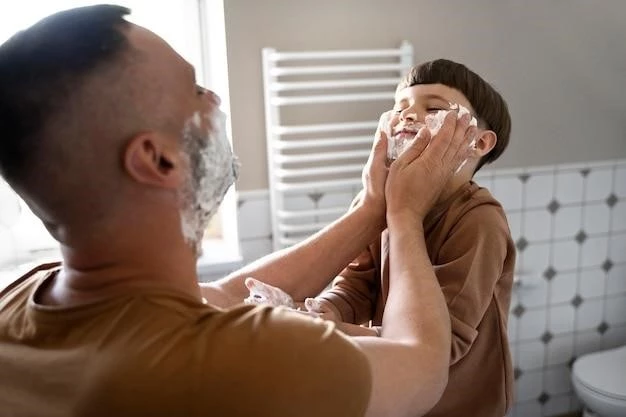Introduction
Acrodysplasia scoliosis⁚ Synonyms, Brachydactyly-scoliosis-carpal fusion syndrome, Prata-Liberal-Goncalves syndrome․ A rare genetic dysostosis disorder characterized by certain anomalies and abnormalities․
Overview of Prata–Liberal–Goncalves Syndrome
Acrodysplasia scoliosis, also known as Brachydactyly-scoliosis-carpal fusion syndrome or Prata-Liberal-Goncalves syndrome, is a rare genetic dysostosis disorder characterized by various anomalies such as short fingers and toes, scoliosis, carpal synostosis (fusion of wrist bones), and spine abnormalities like spina bifida occulta․ The condition presents with unique characteristics in affected individuals, making it a distinct and rare syndrome․

Clinical Features
Acrodysplasia scoliosis presents with distinctive characteristics including short fingers and toes, scoliosis, carpal fusion, and spine abnormalities․ These features define the syndrome’s clinical presentation․
Characteristics and Symptoms
Prata-Liberal-Goncalves Syndrome, also known as Acrodysplasia scoliosis, is characterized by brachydactyly, short and/or wide fingers and toes, carpal fusion, scoliosis (curved spine), and spina bifida occulta․ These distinct features define the syndrome and help in diagnosing individuals affected by this rare genetic disorder․
Diagnosis and Treatment
Diagnostic approaches include physical exams, imaging tests, and genetic analysis․ Treatment focuses on managing symptoms and may involve orthopedic interventions and supportive care․
Approaches to Diagnosing and Managing the Syndrome
Diagnosing Prata–Liberal–Goncalves Syndrome involves physical exams, imaging studies, and genetic testing to confirm the presence of characteristic features such as short fingers and toes, scoliosis, and carpal fusion․ Management strategies focus on addressing the individual’s symptoms through orthopedic interventions, supportive therapies, and personalized care plans tailored to their specific needs․

Genetic Basis
Prata–Liberal–Goncalves Syndrome is a rare genetic dysostosis disorder characterized by features like brachydactyly, carpal fusion, scoliosis, and other skeletal anomalies․
Inheritance Patterns and Genetic Variants
Prata–Liberal–Goncalves Syndrome is a rare inherited genetic disorder with features including brachydactyly, carpal fusion, scoliosis, and other skeletal anomalies․ The syndrome’s genetic basis involves specific variants that contribute to its distinct characteristics․
Research and Studies
Recent analysis and investigations shed light on the unique characteristics and genetic aspects of Prata–Liberal–Goncalves syndrome, contributing to further understanding and potential advancements in diagnosis and management․
Current Understanding and Ongoing Research Efforts
Recent exploration into Prata–Liberal–Goncalves syndrome has led to advancements in comprehending its unique features, including brachydactyly, carpal fusion, scoliosis, and other skeletal anomalies․ Ongoing research efforts aim to expand knowledge on the syndrome’s genetic basis, inheritance patterns, and potential treatment options, fostering a deeper understanding of this rare genetic disorder․
Support and Resources
For additional support and resources related to Prata–Liberal–Goncalves syndrome, please visit reliable sources like GARD for valuable information and guidance․
Available Resources for Patients and Caregivers
For additional support and information regarding Prata–Liberal–Goncalves syndrome, individuals and caregivers can access reliable sources like GARD for detailed insights and guidance on managing this rare genetic disorder․
